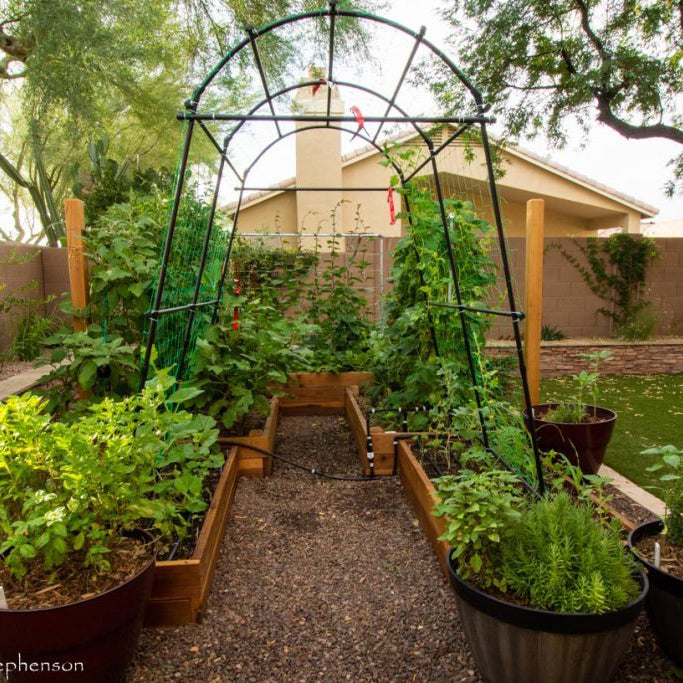
Available 24/7
Available 24/7

Yes, there is such a thing as a shade vegetable. Here are 32 vegetables and herbs you can grow easily at home.
Some vegetables prefer limited exposure to sunlight. But it's important to know which veggie needs what.
For some vegetables, such as tomatoes, peppers, and squash, full sun is ideal. But if you do not have a garden in the best location or have a large periphery with less light, there are plenty of vegetables that will grow well without full sun.
Try growing some shade tolerant vegetables like beetroot, calabrese, kale, kohl rabi, Little Gem lettuce. Also radish, spinach and herbs - chives, mint and parsley are all shade tolerant.
How much shade?
There are three basic sunlight conditions that are used to describe the amount of sun during the prime-growing season:
Full sun areas receive direct sunshine for 6 or more hours per day between the hours of 10 am and 6 pm.
Partial shade or partial sun both refer to areas that obtain 3-6 hours of sun each day. Partial sun areas receive 3-6 hours of direct sunlight but are shaded for the rest of the day. Partially shaded spaces are moderately shaded during part of the day or receive filtered or dappled sunlight all day. Dappled sunlight is where the light is filtered through the leaves of trees.
Full shade areas receive no direct sun or reflected light during the day. An area with deep shade is not a good place for growing vegetables. All plants need some light to grow.
As a general rule, if you have a few hours of full sun but dark shade for the rest of the day, you can grow some crops, but the yields won’t be as high as if you had bright or dappled shade during the rest of the day.
Rather than choose crops that will struggle in a shaded garden, choose crops that are adapted to shade.

Arugula is among the fastest-growing leafy greens. It is one of those greens that people either love or hate, as it can have musky odor and taste. Some find its peppery bite very refreshing. Arugula tolerates some shade but also does well in full sun. It is easy to grow from seed sown directly into the garden.

As a cold season veggie, spinach quickly bolts as spring morphs into summer. However, I’ve found that by seeding spinach in my shaded veggie beds, we can harvest tender spinach all summer long.

Beets sort of break the rules for planting root vegetables in partial shade and can do surprisingly well. While the shade may impact the size of your beetroots, the plants will still produce delicious greens.

It’s nutritious, tasty, and handles a range of temperatures with ease. While it prefers full sun, it’s perfectly capable of leafing out in partial shade. This plant requires fertile soil with a loamy consistency.

Lettuce thrives in cool weather and does better in the shade, especially when temperatures start to rise. Full sun can increase the chances of premature bolting, so choosing a semi-shaded spot is ideal for summer lettuce.

While carrots grow quickest in full sun, they’ll do fine in partial shade — just adjust your expectations.

Plant this leafy green vegetable in fertile soil and mulch to conserve moisture. Chard will grow well in either full sun or partial shade.

Peas are one of the first spring veggies to be sown in many gardens, and they grow in full sun or partial shade.

A lesser-known cool weather green that’s an excellent addition to salads and stir-fry, mustard greens are nutrient-dense and grow just fine in partial shade.

While full sun is recommended for growing potatoes, I’ve successfully harvested tubers after a season of growing in partial shade. Grow taters in acidic, sandy soil, and ensure they receive regular watering.

Radishes are one of the fastest-growing vegetable crops. In the shade, they’ll grow a little slower, but they’ll grow all the same.

So the fact that it actually prefers cooler temperatures and some shade makes it that much more amazing. Now you have no reason not to give it a try.

Cabbage is another crop that prefers cooler temperatures. The cooler the temperature the fewer bugs you must battle.

Brussel sprouts are kind of like tiny cabbages that grow in partial shade, why not grow them.

Cauliflower is another plant that prefers cooler temperatures. I planted it in full sun one year and it practically cooked in the middle of my garden bed. So partial shade could help with the temperature needs.

The front of my home only gets morning sun, and I get a beautiful rainbow Swiss chard every time. Hopefully, you’ll have the same results.

Celery is a difficult crop to grow but it is a plant that loves cool weather. So it should be no surprise that it prefers partial shade as this may help keep it cooler.

You might want to give Chinese cabbage a try if you decide to create a garden bed in the partial shade this year.

Garlic is great to grow yourself. It takes a while to grow.

It has a spicier flavor so if you aren’t into spicy food, then you might not be interested. But if you do like spicy, then growing your own could be great fun.

Kohlrabi is another interesting vegetable that isn’t common to a lot of people. It has a taste that is similar to broccoli and cabbage

So if you are a fan of scallions, then you might want to consider growing leeks and seeing what you think of them.

Parsnips are related to the carrot. They kind of look like a white carrot and are often cooked with them. So if you’d like to try growing something a little different, then you might want to consider this for a partial shade crop.

They are great to go on top of potato soup and as a garnish on many other dishes. Not only do they add a good amount of flavor, but they add beautiful color to your dish as well.

Turnips are an acquired taste, but I actually like them because they offer up two dishes. If you don’t like the turnips themselves, then you will probably like the greens.

We grow asparagus in our garden as well. It takes a little time for asparagus to take off so you can begin to harvest it.

We grow ours in a partially shaded garden and it has done very well in our experience.

This is a fast-growing herb that is related to mustard and watercress. It has a great smell and a nice peppery flavor. It can be added to different foods to give off that flavor in the dish.

Lemon balm has many uses. I usually plant a lot of it for bees. They are attracted to the scent and in turn, pollinate my garden. So if you would like a bee attractant to be added to your partially shaded spaces, then this might be a good one.

Mint is great for making teas and exatacts. It is also great at driving away pests such as mosquitos. If you plant it and care for it, it does spread and can create a nice barrier of pest protection.

Parsley is one of those herbs that can be added to virtually any dish. We grow a lot of this every year because our family loves it so much. The fact that it can be grown in partial shade is just that much better.

Rosemary is a stronger herb. It packs quite the flavor punch when placed in dishes. So if you love this aromatic herb, then consider adding it to your shaded herb garden this year.
Most important of all, make the most of what sun you have. If you’re lucky enough to have a few sunny spots that get more than 6 hours of sun, try growing tomatoes or other favorites in strategically placed pots.
With a little resourcefulness, you can have fresh vegetables and herbs from spring to fall ie year-round.
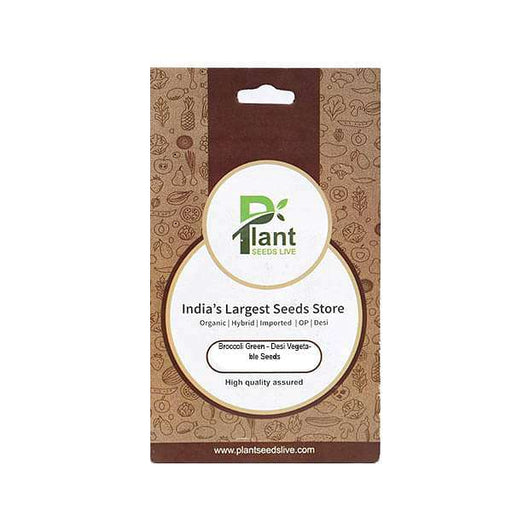
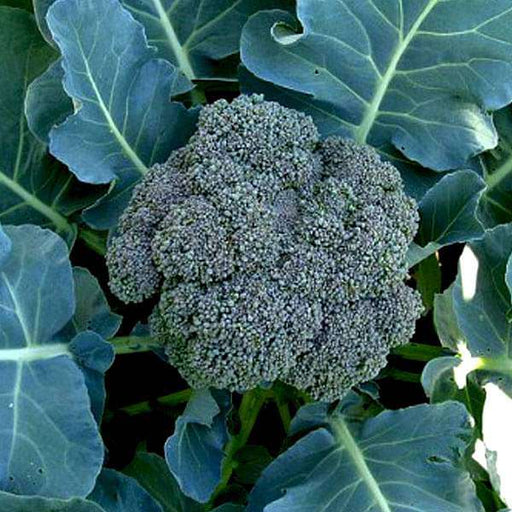 Save 25%
Save 25%
Broccoli Green - Desi Vegetable Seeds Discover the vibrant world of Broccoli Green with our premium Desi Vegetable Seeds. Known for its ri...
View full details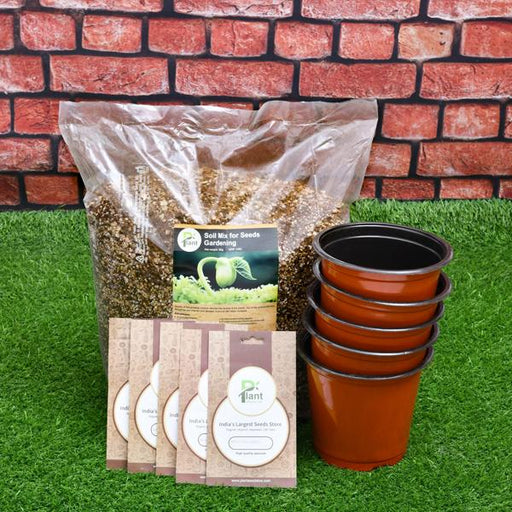
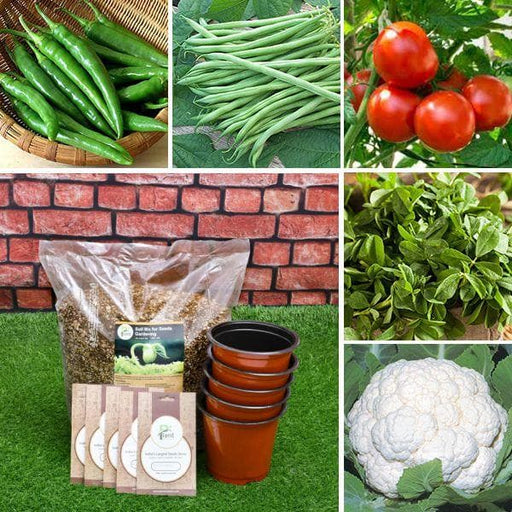 Sold out
Sold out
5 Best Mix Vegetable Seeds (Desi) - Kitchen Garden Pack Transform your kitchen garden with our '5 Best Mix Vegetable Seeds (Desi) - Kitche...
View full details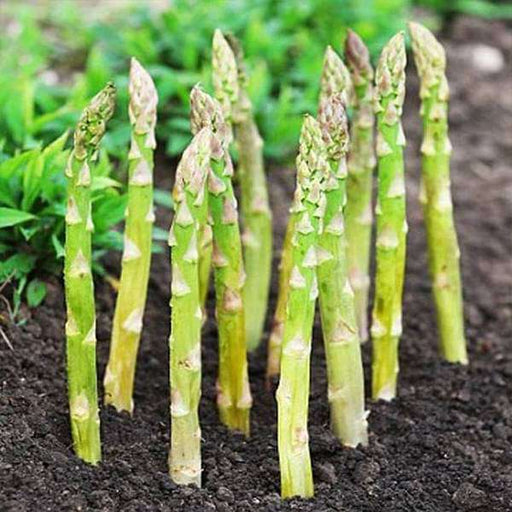 Save 25%
Save 25%
Asparagus UC-157 - Vegetable Seeds Asparagus UC-157 is a premium variety of asparagus seeds known for its exceptional yield and tender spe...
View full details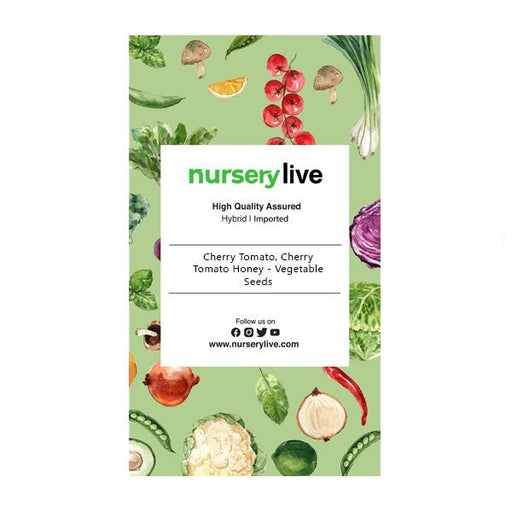
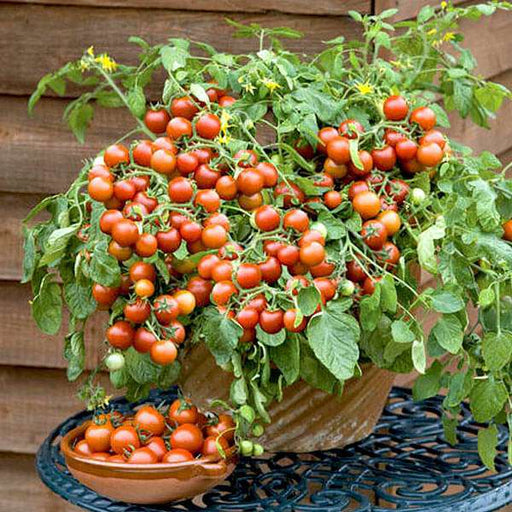 Sold out
Sold out
Cherry Tomato, Cherry Tomato Honey - Vegetable Seeds Discover the delightful world of Cherry Tomato Honey seeds, perfect for home gardener...
View full details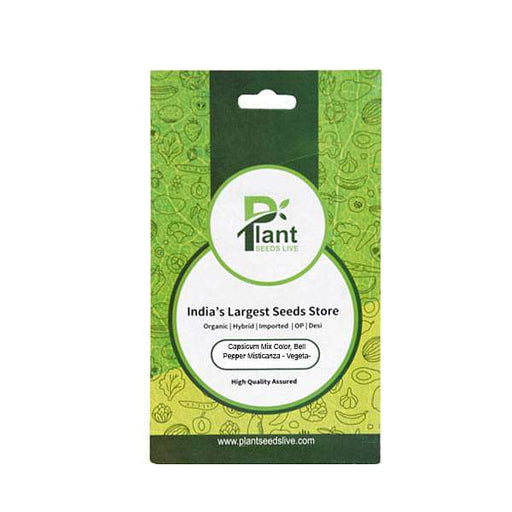
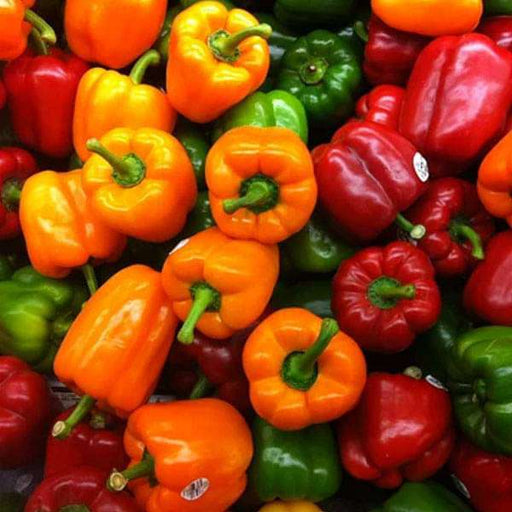 Save 25%
Save 25%
Capsicum Mix Color, Bell Pepper Misticanza - Vegetable Seeds Transform your garden into a vibrant spectacle with our Capsicum Mix Color, B...
View full details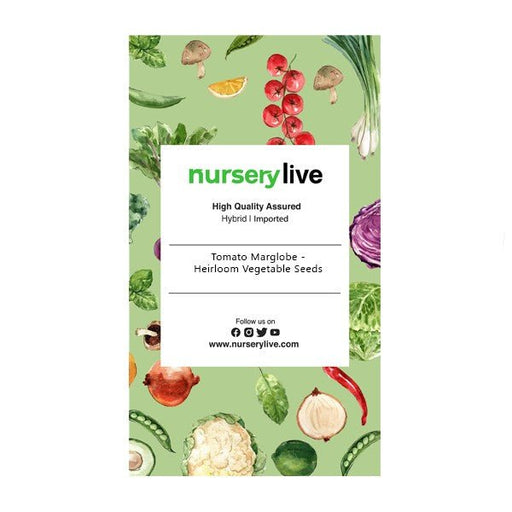
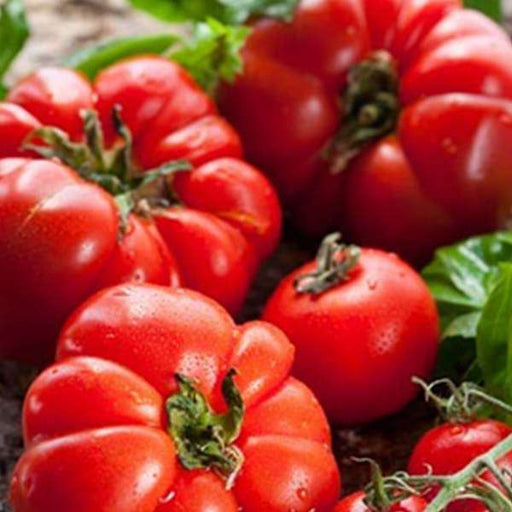 Sold out
Sold out
Tomato Marglobe - Heirloom Vegetable Seeds The Tomato Marglobe is a classic heirloom variety known for its robust flavor and exceptional y...
View full details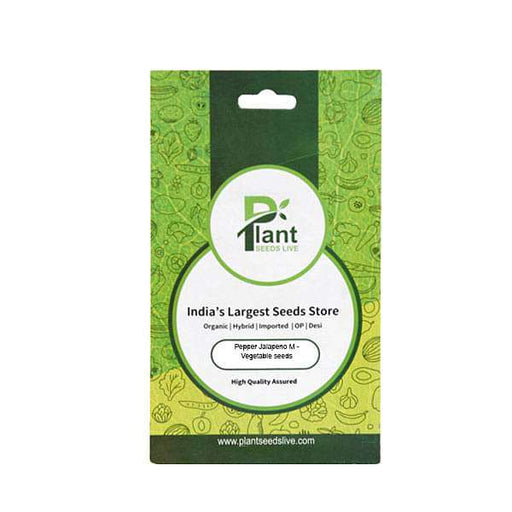
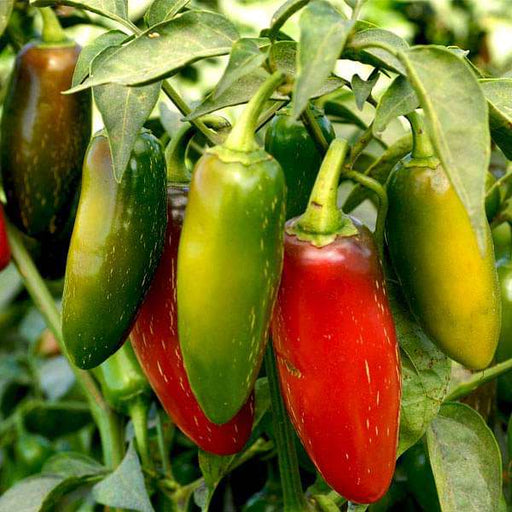 Save 25%
Save 25%
Pepper Jalapeno M - Vegetable Seeds Introducing the Pepper Jalapeno M, a premium variety of jalapeno pepper seeds that promises to elevate...
View full details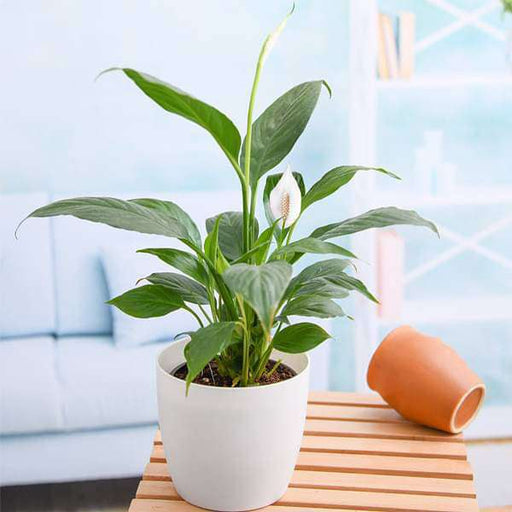
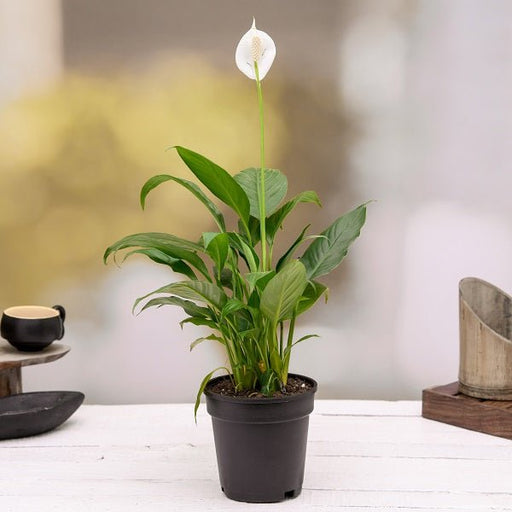 Save up to 15%
Save up to 15%
Peace Lily, Spathiphyllum - Plant The Peace Lily, scientifically known as Spathiphyllum, is a stunning houseplant celebrated for its elegant white...
View full details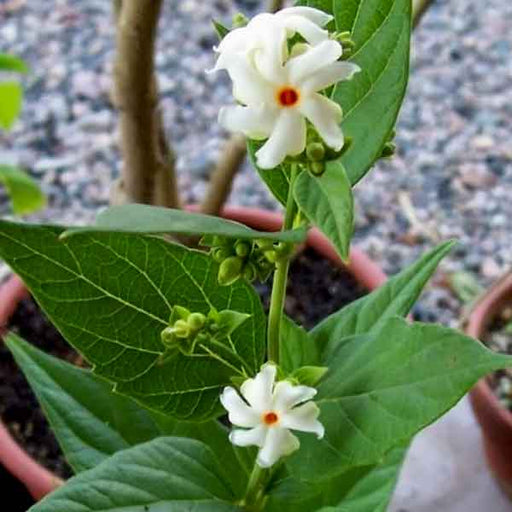
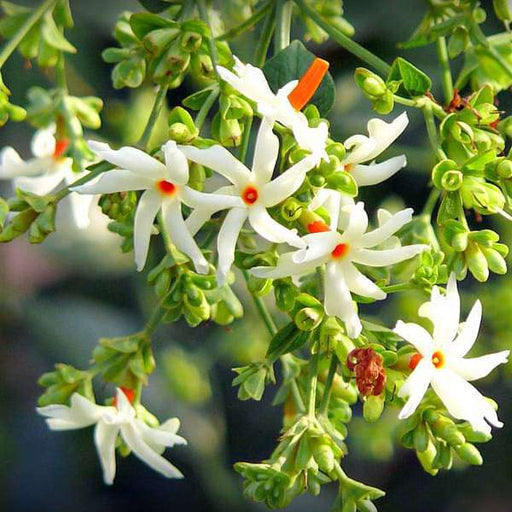 Save 18%
Save 18%
Combo Constituents Includes the Parijat Tree (Night-Flowering Jasmine), a culturally significant plant with fragrant flowers. Description The Pari...
View full details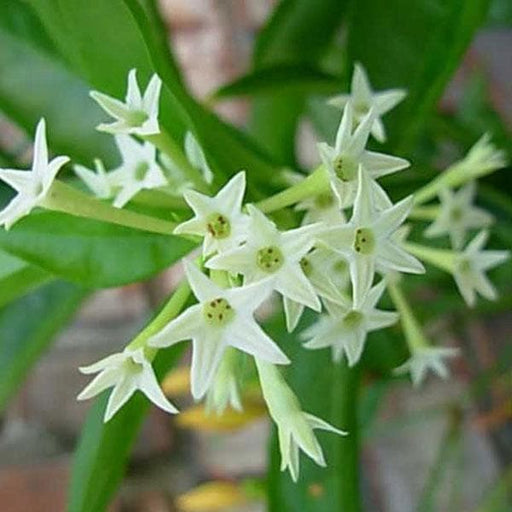
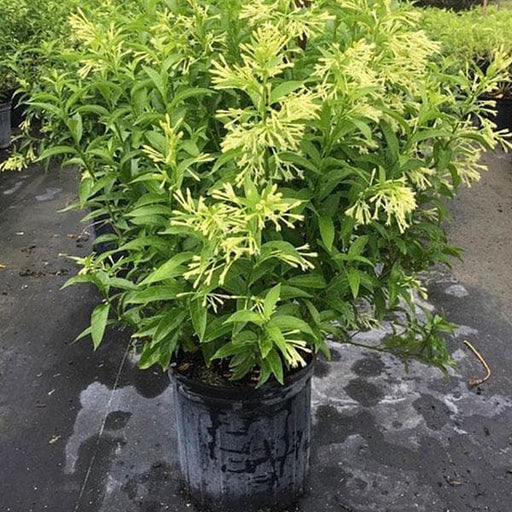 Save 25%
Save 25%
Description Raat Ki Rani (*Cestrum nocturnum*), also known as Night Blooming Jasmine, is a fragrant shrub native to the Caribbean and Central Ameri...
View full details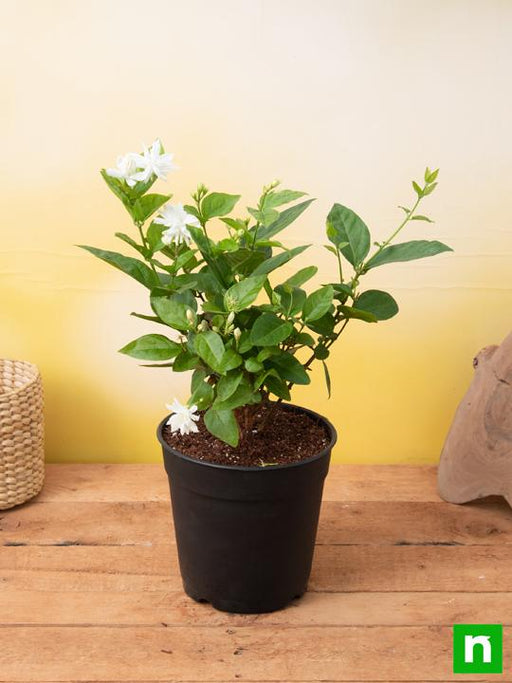
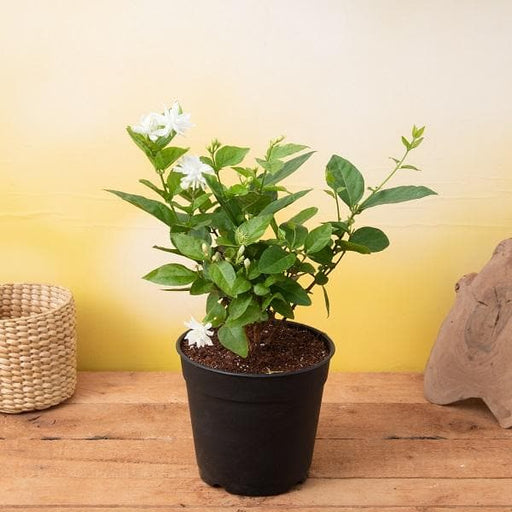 Save 25%
Save 25%
Jasminum sambac, Mogra, Arabian Jasmine - Plant Jasminum sambac, commonly known as Mogra or Arabian Jasmine, is a fragrant flowering plant...
View full details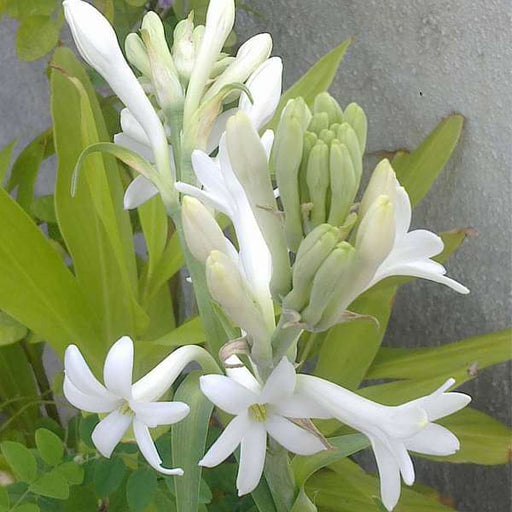
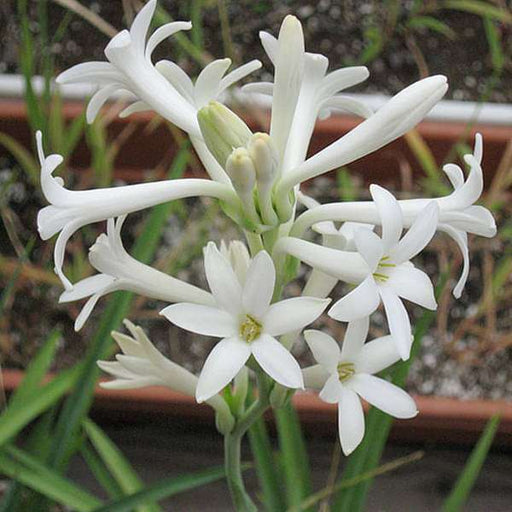 Save 17%
Save 17%
Rajnigandha, Tuberose - Plant The Rajnigandha, scientifically known as Polianthes tuberosa, is a captivating perennial plant renowned for ...
View full details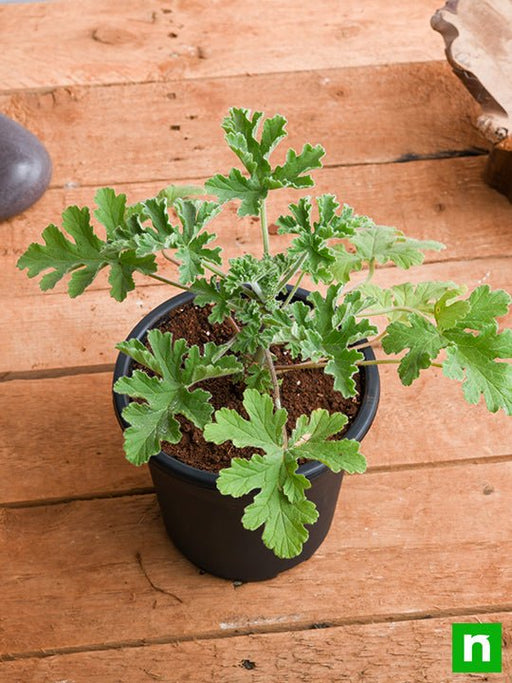
 Sold out
Sold out
Citronella, Odomas - Plant The Citronella plant, scientifically known as Cymbopogon nardus, is a tropical grass renowned for its aromatic ...
View full details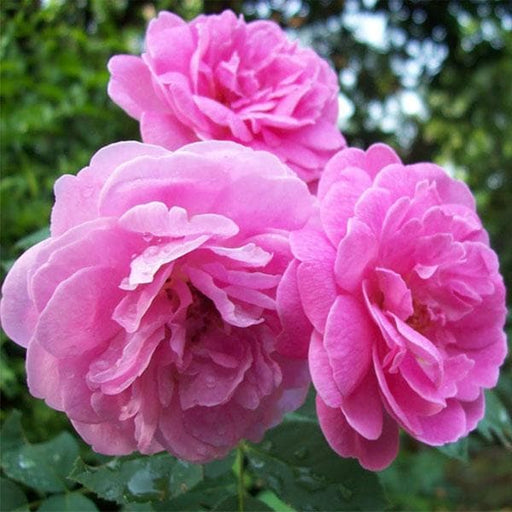 Save 25%
Save 25%
Damascus Rose, Scented Rose (Any Color) - Plant The Damascus Rose, also known as Rosa damascena, is a timeless symbol of beauty and romanc...
View full details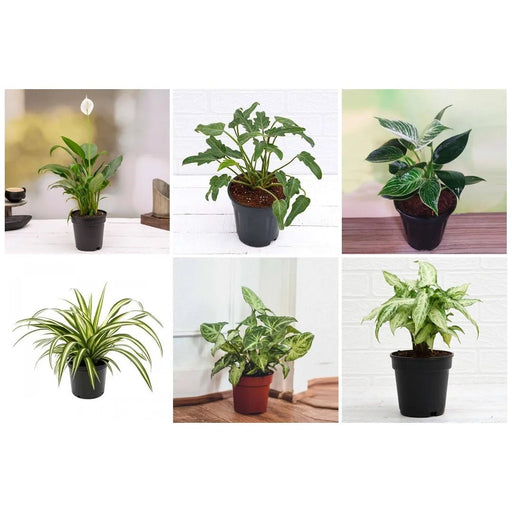
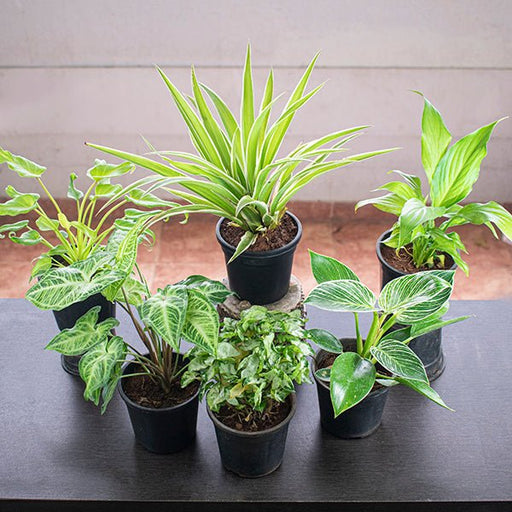 Save 35%
Save 35%
Best 6 Plants for Perfect Indoor Garden Transform your living space into a lush oasis with our curated collection of the Best 6 Plants for a...
View full details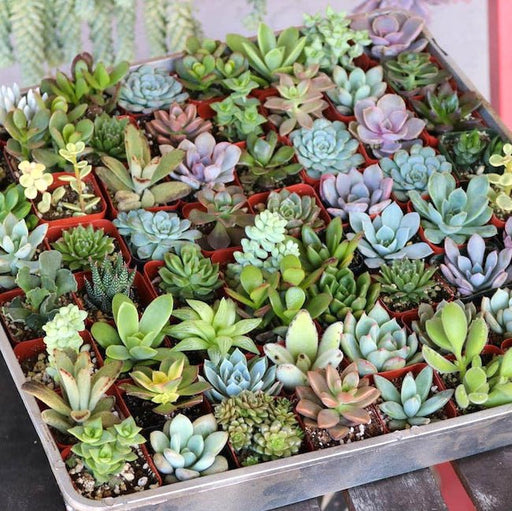
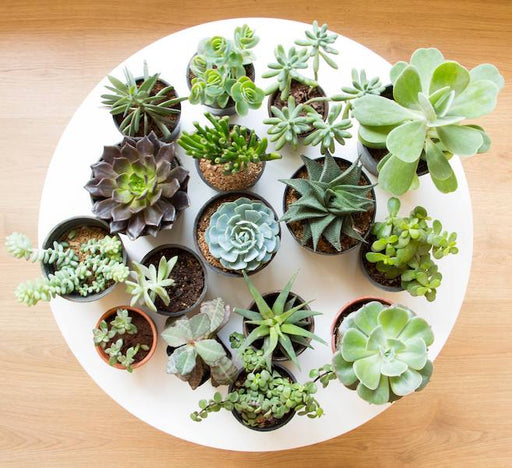 Save up to 50%
Save up to 50%
Mini Succulent Garden Pack Transform your space with our Mini Succulent Garden Pack, featuring a delightful collection of 4 any variety beautiful s...
View full details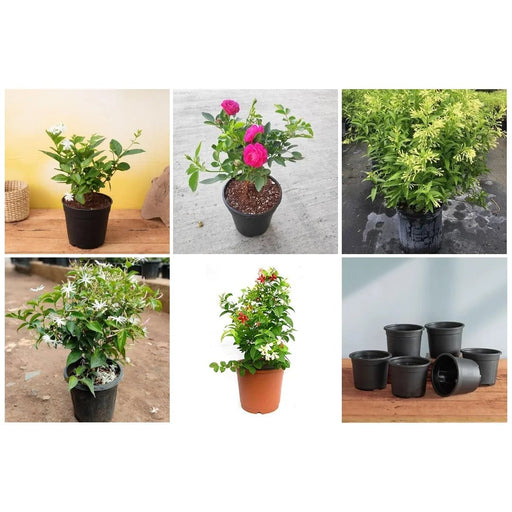
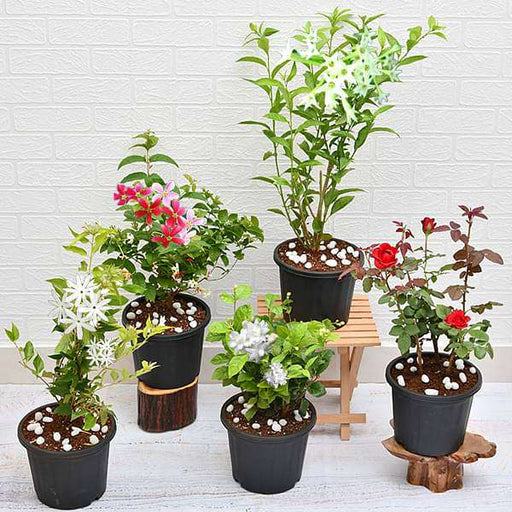 Save 30%
Save 30%
5 Best Fragrant Plants Transform your garden or indoor space into a fragrant paradise with our curated selection of the 5 Best Fragrant Plants. Th...
View full details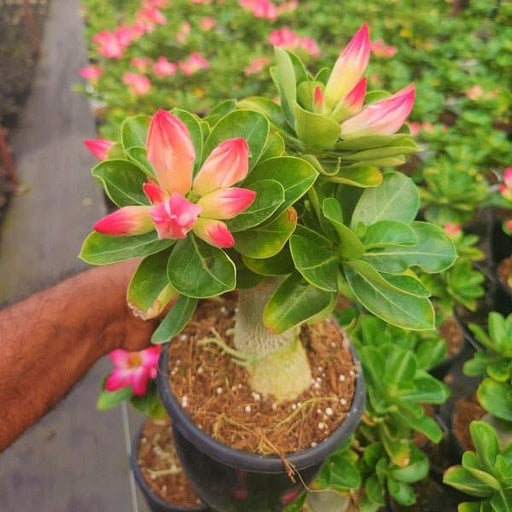
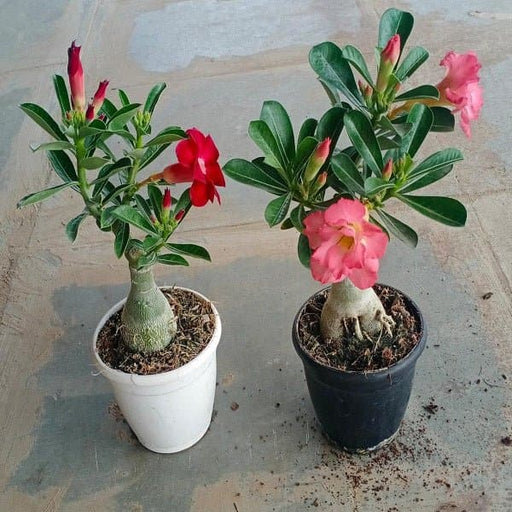 Save 24%
Save 24%
Set of 2 Bonsai Looking Grafted Adeniums Transform your indoor or outdoor space with our exquisite Set of 2 Bonsai Looking Grafted Adenium...
View full details Save 45%
Save 45%
Top 4 Die Hard Succulents Pack Transform your indoor or outdoor space with our Top 4 Die Hard Succulents Pack, featuring a curated selecti...
View full details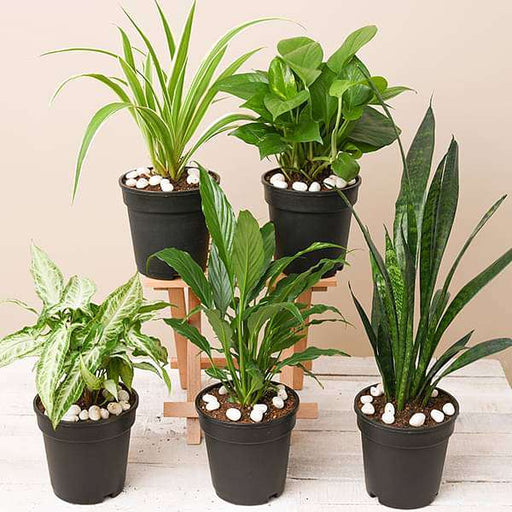
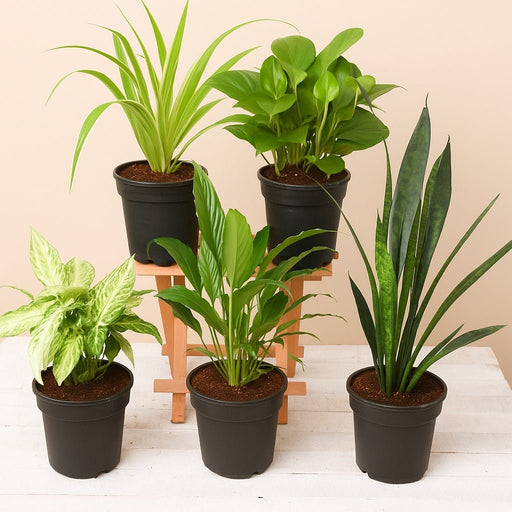 Save 30%
Save 30%
5 Best Indoor Plants Pack Transform your living space into a lush oasis with our '5 Best Indoor Plants Pack.' This carefully curated collection fe...
View full details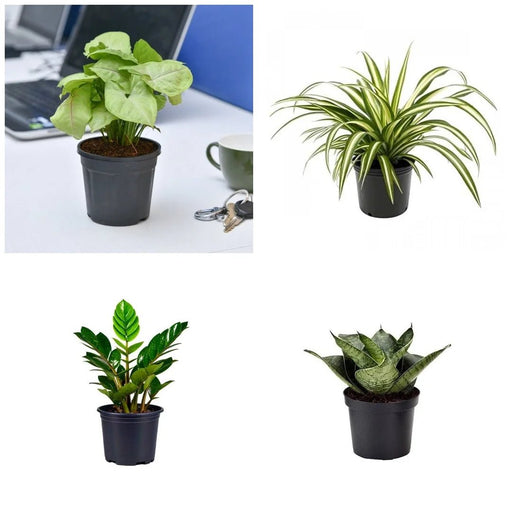
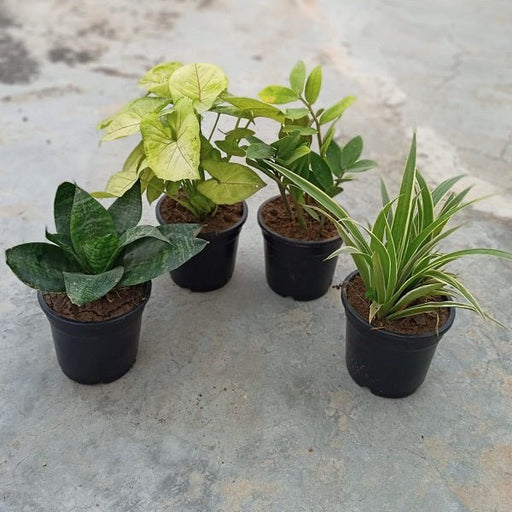 Save 25%
Save 25%
Set of 4 Evergreen Air Purifier Plant Pack Transform your indoor space into a lush, green oasis with our Set of 4 Evergreen Air Purifier Pla...
View full details
Comments
Leave a comment